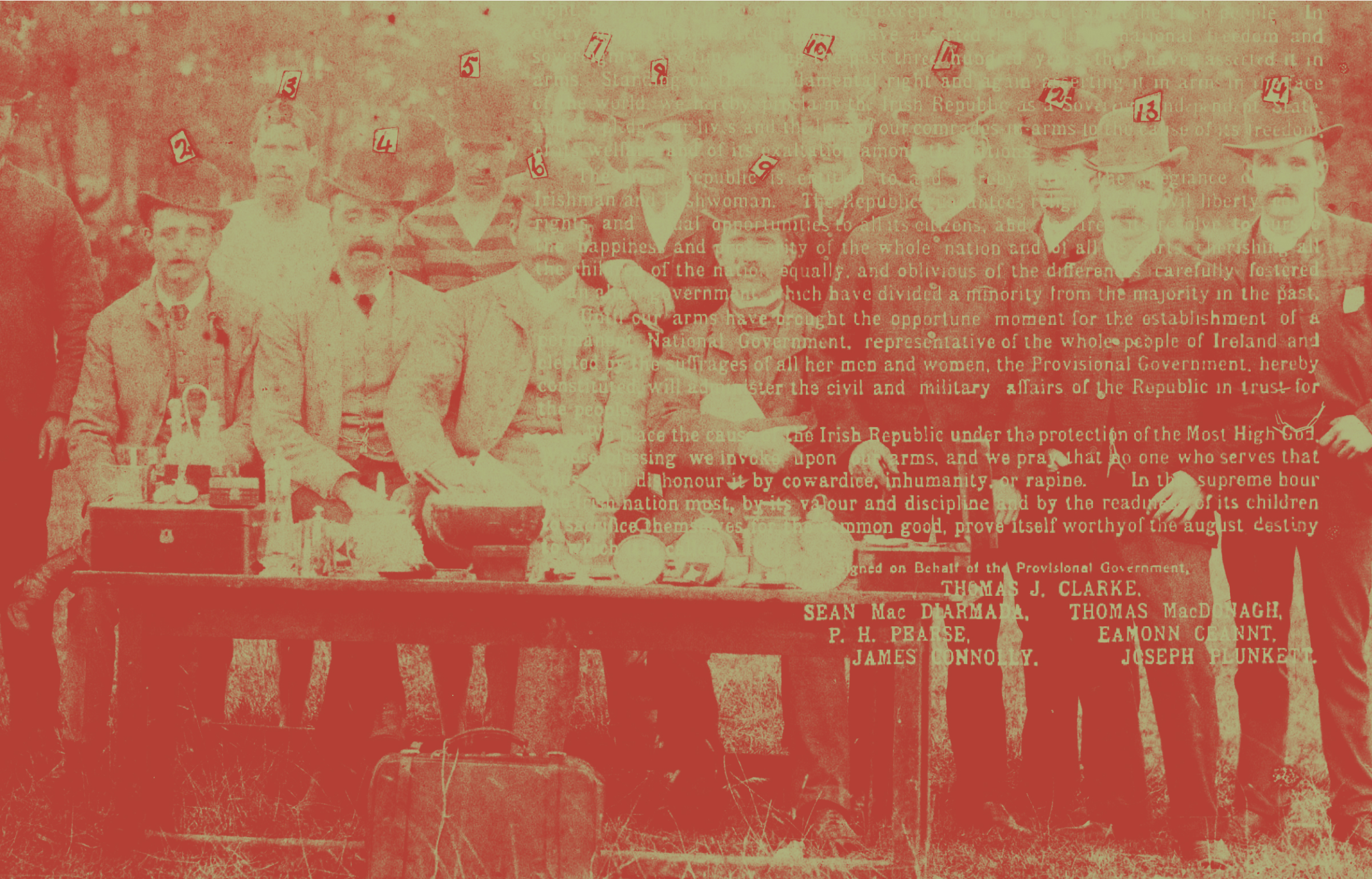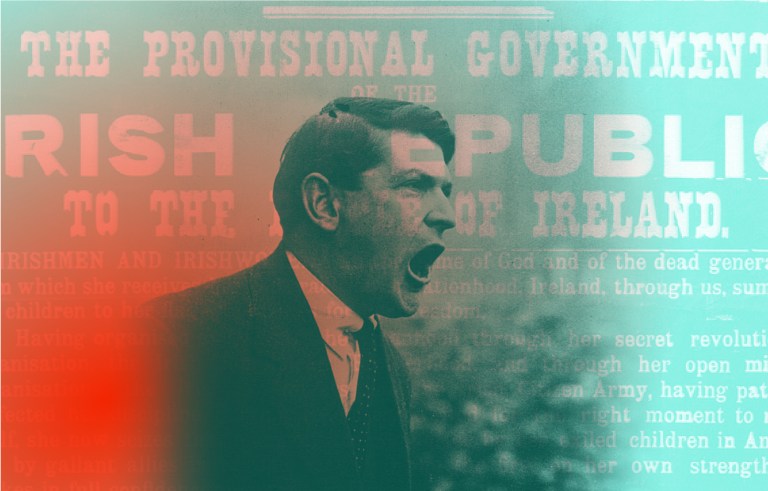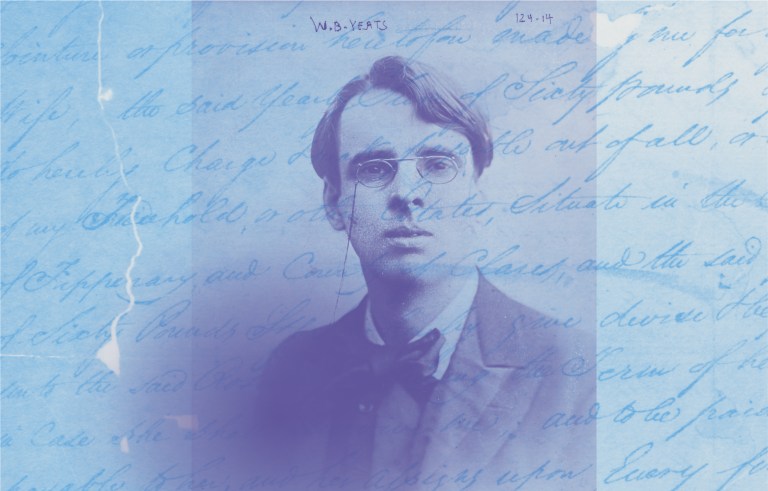The extremists of the Easter Rising were key figures in the Irish independence movement, many of whom were members of the Irish Republican Brotherhood (IRB) and the Irish Volunteers.
Thomas J Clarke, a central leader, was instrumental in planning the Rising and was the first to sign the Proclamation of the Irish Republic.
Piaras Béaslaí, a journalist and actor, played a significant role as deputy commander during the Rising.
Thomas Byrne, a Boer War veteran, led the Maynooth Volunteers.
Con Colbert, an active member of the Gaelic League, was involved in training Volunteer Officers.
Other notable figures included Bulmer Hobson, Seán T Ó Ceallaigh, Seán MacDiarmada, and Thomas MacDonagh, all of whom contributed to the revolutionary efforts and faced severe consequences for their actions.
Thomas J Clarke (1858-1916)
Known simply as ‘Tom,’ Clarke was a central figure in the leadership of the Irish Republican Brotherhood and helped to found the Irish Volunteers in 1913. A key figure in planning the Rising, he was the first to sign the Proclamation of the Irish Republic and was murdered in the first set of executions at Kilmainham Jail on 3 May, 1916. Clarke lived at 10 Richmond Avenue, Fairview and owned a tobacconist’s shop at 75a Parnell Street which was a hub of IRB activity in the city.
Clarke is mentioned in almost every report in the series and his shop is one of the key locations under surveillance.
Piaras Béaslaí (1881-1965)
Béaslaí was a member of the Irish Republican Brotherhood and the Irish Volunteers. He worked as a freelance journalist, having been sacked from the Evening Telegraph in 1914 due to his separatist activities. He was also the producer of na h-Aisteoirí, a company of Gaelic amateur actors heavily involved in the IRB. During the Rising, he was deputy commanding officer of the 1st Dublin Battalion under Edward Daly. He went on to become a Sinn Féin MP in 1918, but left politics following independence.
Béaslaí is mentioned in 108 of the 251 reports.
Thomas Byrne (1877-1962)
Byrne was a member of the Irish Republican Brotherhood and a captain in the Irish Volunteers. A veteran of the Second Boer War, where he fought in the Irish Brigade with Major John MacBride, he led the Maynooth Volunteers to the GPO during the Easter Rising. Following independence, Byrne was appointed Captain of the Guard at Dáil Éireann by Michael Collins.
Byrne is mentioned in 108 of the 251 reports, primarily as a frequent visitor to the shop of Thomas J Clarke.
Con Colbert (1888-1916)
Colbert was a member of both the Irish Volunteers and the Irish Republican Brotherhood. He was also an active member of the Gaelic League and Na Fianna Éireann, the national boy scout organisation, and acted as a part-time drill instructor at St Enda’s. He was involved in the secret drilling of IRB members at the National Foresters Hall, Parnell Square and in the training and development of Volunteer Officers. Colbert was one of the 16 men executed following the Rising in 1916.
He is mentioned in 105 of the 251 reports.
Bulmer Hobson (1883-1969)
Bulmer Hobson was a member of the Irish Volunteers and the Irish Republican Brotherhood. He was a close friend of Tom Clarke until a split in the Volunteers in 1914. He co-founded Na Fianna Éireann, a republican scouting movement, with Constance Markievicz. Hobson was unaware of the plans for the Rising and, on hearing about it, informed Eoin MacNeill. He was subsequently kidnapped by the organisers.
He is mentioned in 129 of the 251 reports and was most frequently observed at the Volunteer Office, 2 Dawson Street.
Seán T Ó Ceallaigh (1882-1966)
Ó Ceallaigh was a member of both the Irish Republican Brotherhood and the Irish Volunteers, and joint honorary secretary of Sinn Féin. He held a seat in Dublin Corporation for the Inns Quay Ward and was also a member of the Gaelic League, becoming general secretary in 1915. He was active in the Rising in the GPO as a staff officer and aide-de-camp to Patrick Pearse. He went on to have a long career in politics culminating in his election as the second president of Ireland in 1945.
Ó Ceallaigh is mentioned in 109 of the 251 reports.
Seán MacDiarmada (1883-1916)
He was a member of the Irish Republican Brotherhood, the Irish Volunteers and Sinn Féin, as well as being involved in the Gaelic League, the GAA and the Celtic Literary Society. In 1915, MacDiarmada spent four months in prison in Mountjoy Jail under the Defence of the Realm Act. Following his release, he was instrumental in planning the Rising as a member of the Military Committee of the IRB. As one of the seven signatories of the Proclamation, he was executed in the aftermath of the Rising on 12 May 1916.
Mac Diarmada is mentioned in 113 of the 251 reports.
Thomas MacDonagh (1878-1916)
Thomas MacDonagh was a member of the Irish Volunteers, the Irish Republican Brotherhood and the Gaelic League. He was a lecturer in English at University College Dublin, as well as a poet and playwright. MacDonagh was one of the seven signatories of the Proclamation and was active in the Rising as Commandant of the 2nd Battalion at Jacob’s Biscuit Factory. He was executed on 3 May, 1916.
He is mentioned in 85 of the 251 reports.
Seán McGarry (1886-1958)
Seán McGarry, usually referred to as John, was a member of the Irish Republican Brotherhood and the Irish Volunteers. In September 1914, he was among those informed by MacDiarmada and Clarke of the proposal to stage an armed rebellion. He was in the GPO during the Rising, acting as aide-de-camp to Clarke. Following the Rising, he remained a key IRB activist and became a prominent member of Sinn Féin.
He is mentioned in 100 of the 251 reports.
Herbert Mellows (1896-1942)
Herbert Mellows, known as Barney, was the younger brother of revolutionary Liam Mellows and appears to have been a member and organiser of the Irish Volunteers. During the Rising, he acted as aide-de-camp to Frank Fahy in the Four Courts.
Mellows is mentioned in 123 of the 251 reports and was most frequently observed at the Volunteer Office, 2 Dawson Street.
James Joseph O’Connell (1887-1944)
‘JJ’ or ‘Ginger,’ was Chief of Inspection in the Irish Volunteers. With two years’ experience in the United States Army, he was heavily involved in the organisation and training of the Volunteers. Prior to the start of the Rising, he was dispatched to Cork by Eoin MacNeill to convey the countermanding order and, despite not participating, he was arrested and interned. O’Connell went on to become a General in the Irish Defence Forces.
He is mentioned in 71 of the 251 reports.
Michael O’Hanrahan (1877-1916)
O’Hanrahan was a member of Sinn Féin, the Irish Republican Brotherhood, the Irish Volunteers and the Gaelic League. He worked as a freelance journalist and contributed articles to various nationalist newspapers, including the Irish Volunteer and Nationality. He was employed as an administrator at the Volunteers headquarters. During the Rising, he fought at Jacob’s Biscuit Factory under the command of Thomas MacDonagh and was executed at Kilmainham Jail on 4 May 1916.
Due to his almost daily attendance at the Volunteer Office, he is one of the most frequently mentioned suspects in the series, appearing in 125 out of 251 reports.
Michael Joseph O’Rahilly (1875-1916)
‘The O’Rahilly’ was a founding member of the Irish Volunteers and was active in the Gaelic League. Serving as Director of Arms in the Irish Volunteers, he was central to gun-running and arms procurement in 1914 and 1915. O’Rahilly was not a member of the Irish Republican Brotherhood and was not party to plans for the Rising, but he joined the Volunteers in the GPO. He was mortally wounded in the fighting and died in Moore Lane (now known as O’Rahilly Place).
He is the second most frequently mentioned suspect in the reports, appearing in 134 out of 251.
James Joseph Walsh (1880-1948)
JJ Walsh was one of the key figures under surveillance in June and July 1915. He was an active member of the Gaelic Athletic Association in his native Cork, and was a member of the Irish Volunteers and Sinn Féin. He served in the GPO during the Rising, under the command of James Connolly. He was sentenced to death but was reprieved. He was released from prison in August 1917. Walsh was elected to the first Dáil for Cork City in 1918 and supported the Anglo-Irish Treaty. He became Postmaster General in the provisional government of WT Cosgrave and was made Minister for Posts and Telegraphs in 1923. Following his departure from Cumman na nGaedhael, he supported Fianna Fáil in the 1930s and became a successful businessperson.
He is mentioned in 121 of the 251 reports.


